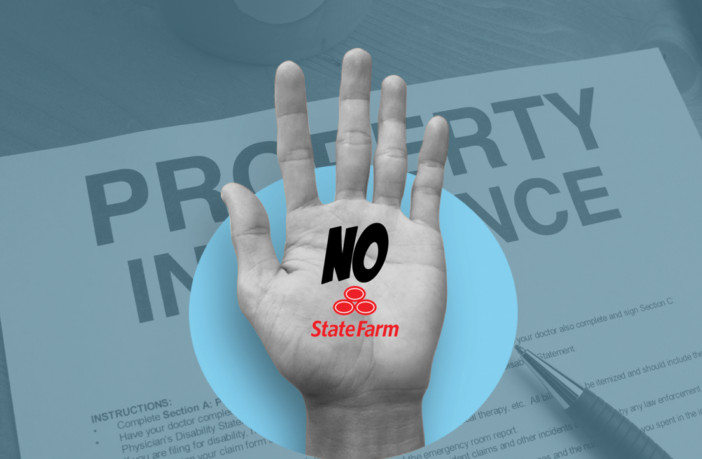Last Updated on May 29, 2023 by BVN
S.E. Williams
Experts tell us no matter where we live in California, we are at risk of potential wildfires.
7,667 fires burned across the state in 2022 scorching nearly 363,939 acres. Although last year was certainly a devastating year for wildland fires across the state, when compared to 2021, in many ways, some might consider it somewhat of a reprieve. That year the state experienced 8,619 wildfires that incinerated nearly 2.6 million acres.
Although wildfire risks are everywhere and dangers continue to loom with the changing climate, there are large swaths of the state considered at greater risks than other areas, among them, Riverside County and Los Angeles County, in Southern California.
Due to such risks, many insurers like AIG and Chubb had already limited fire insurance coverage in the state before we learned last week the insurer State Farm will no longer provide new property insurance policies in California.
The company blamed not only increasing construction costs but also what it cited as the “rapidly growing catastrophe exposure,” as reasons for its actions.
Of course, insurers pulling out of the state is nothing new, just ask the tens of thousands of homeowners who’ve lost policies in recent years and were left scrambling for new policies. Regardless of what transpired before, when a company like State Farm makes such an announcement it is certain to gain traction.
“No matter where you live in California, having wildfire insurance to protect your home can be imperative.”
Carly Severino
State Farm is the nation’s largest issuer of property and casualty insurance policies. In addition, it writes about $7 billion in premiums in California each year.
Although the state’s Department of Insurance has implemented measures to buffer property owners against these changes, questions remain as to whether there will come a time when increasing conflagrations resulting from the world’s changing climate will make the cost of insurance too prohibitive for the average property owner and the state may be unable to fill the gap.
As concerning as this is, in reality it is only part of the problem. With insurers refusing to underwrite new policies how will such action impede new construction State Farm rs noted is outpacing inflation?
The need for affordable housing makes new construction essential to help mitigate the state’s housing crisis. Delayed and/or deferred housing construction resulting from a possible lack of insurance due to rising construction costs and concerns over wildfire risks in the state presents a pressing dilemma for officials and an even greater risk for those who remain unhoused or are on the edge of being priced out of their current housing situation.
In recent years the state has implemented various band-aids to offset increasing concerns relative to insurance including everything from a moratorium on the increase in insurance premiums during the peak of COVID-19 pandemic to implementing legislation that prohibits insurance companies from canceling policies within 12 months of a wildfire, and late last year, the California Department of Insurance implemented a policy requiring insurers to provide discounts to property owners who “install fire-rated roofs, enclosing eaves and creating ember-resistant zones,” around their properties–but the dilemma persists.
Even the state’s insurer of last resort, the California Fair Plan, reached an agreement earlier this year to increase its commercial coverage limit to $20 million.
Despite these efforts, it is hard to see how any of these measures provide sustainable solutions to two imminent and pressing problems in the state.
Firstly, ensuring access to quality, fire insurance policies with affordable premiums for homeowners in areas at high risk for wild fires and secondly, stabilizing costs to keep housing construction moving as a way to help offset the state’s housing crisis.
In my opinion, the same old moratoriums and incentives are not going to be enough to resolve these issues. It’s time for leaders at all levels of government to think outside the box to find and implement sustainable solutions to problems that appear destined to grow more daunting with time.
Of course, this is just my opinion. I’m keeping it real.



